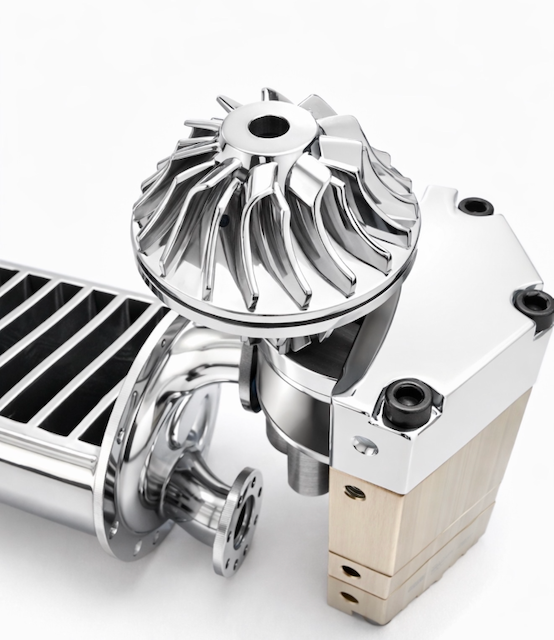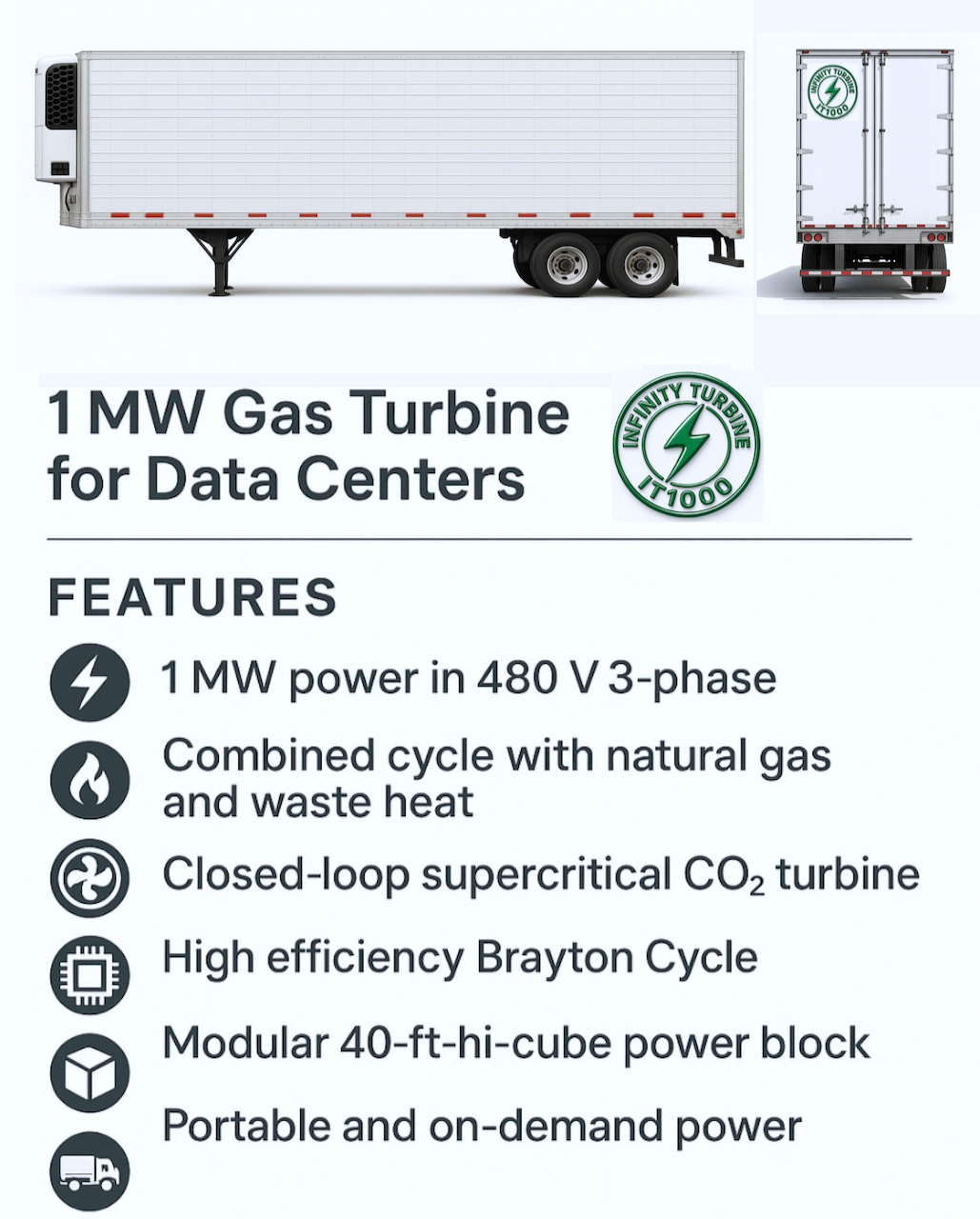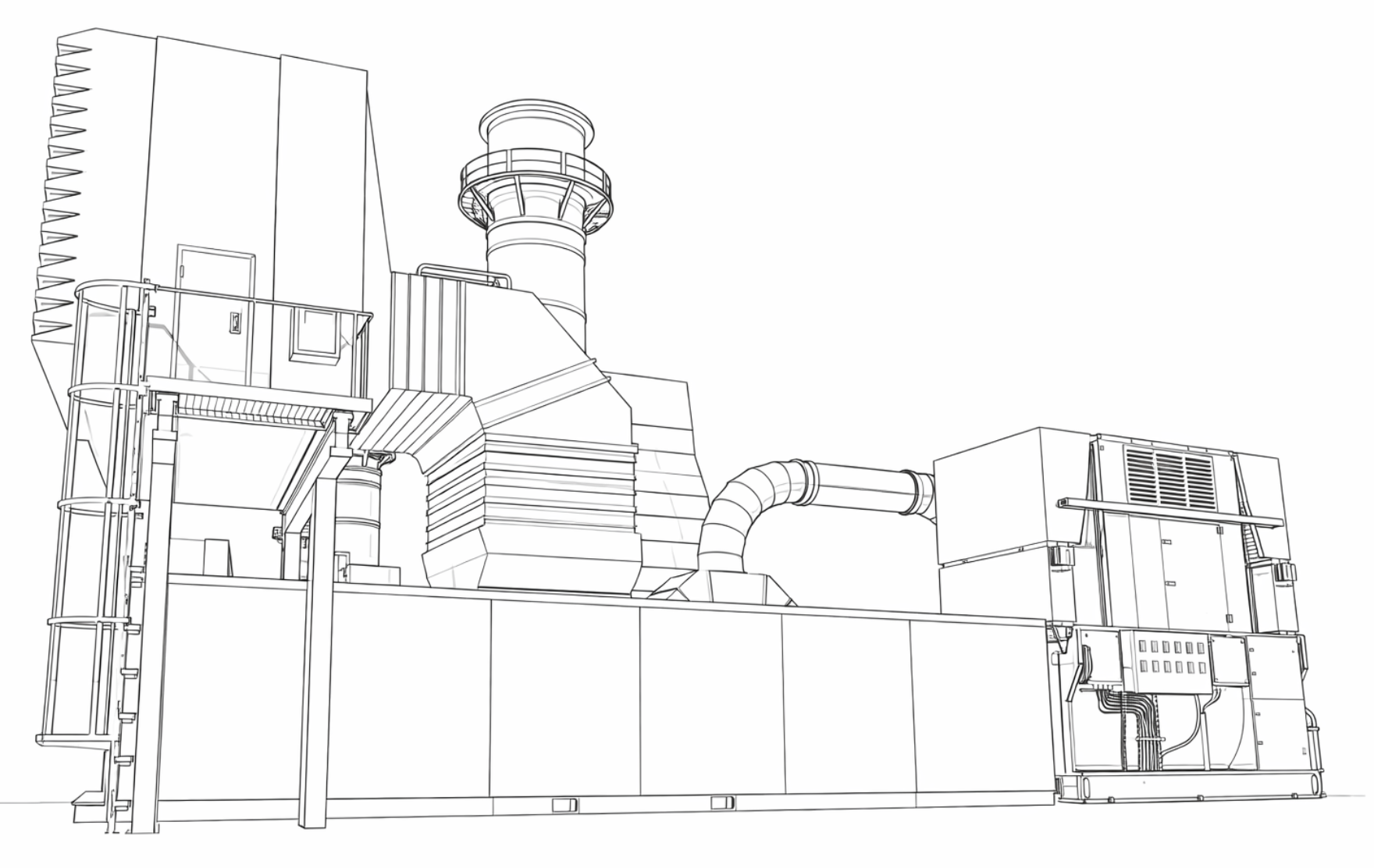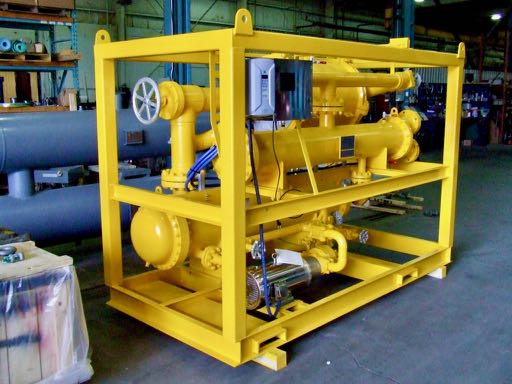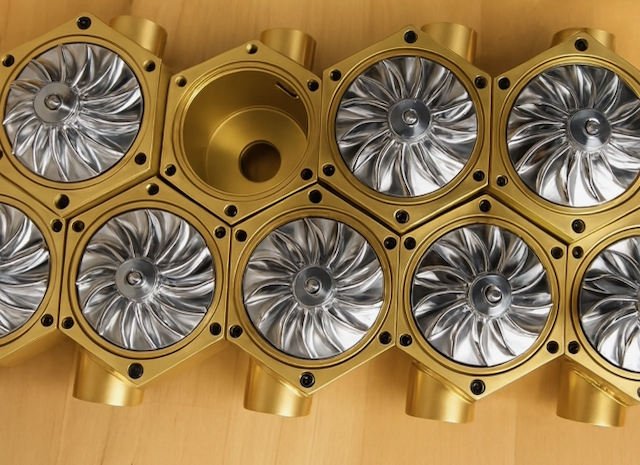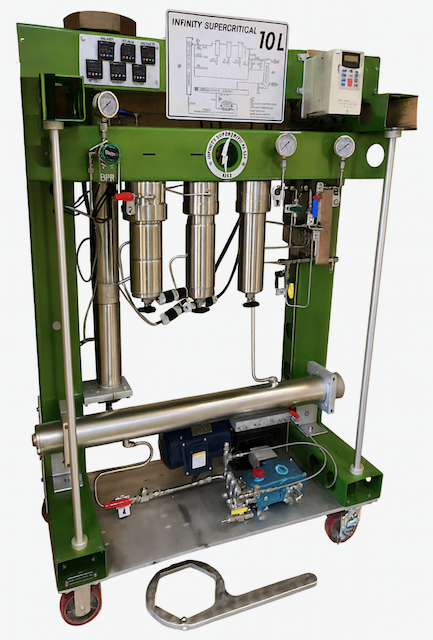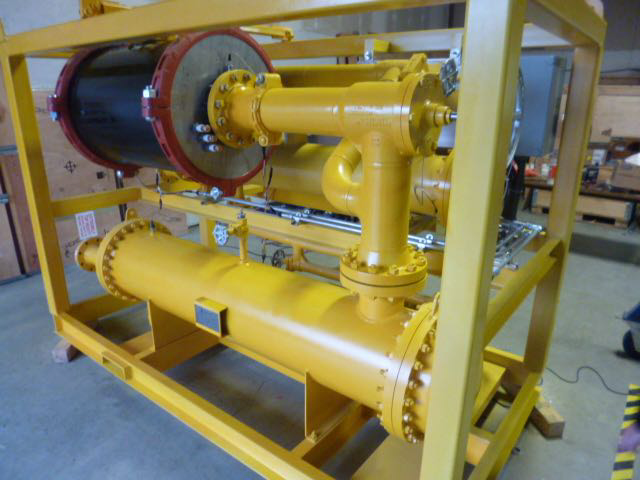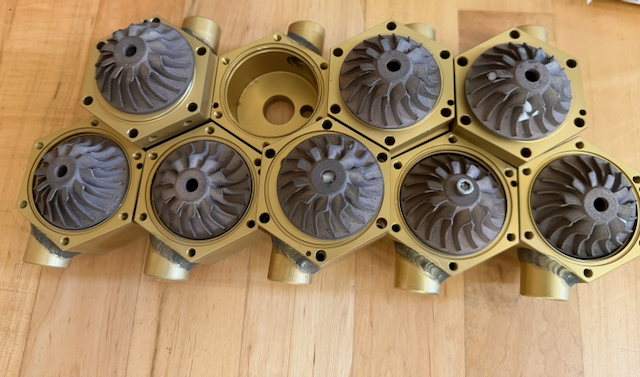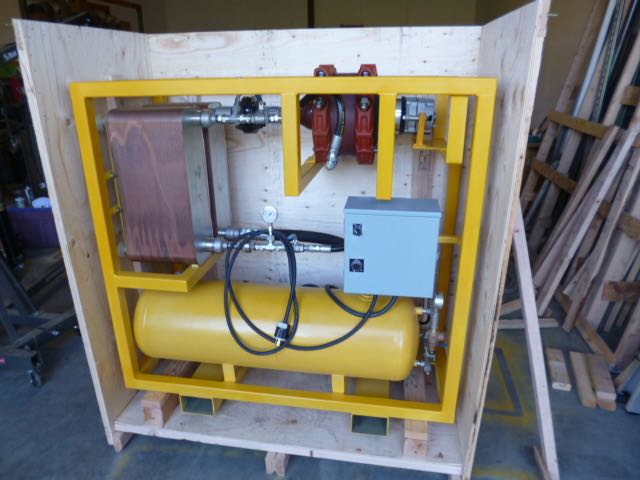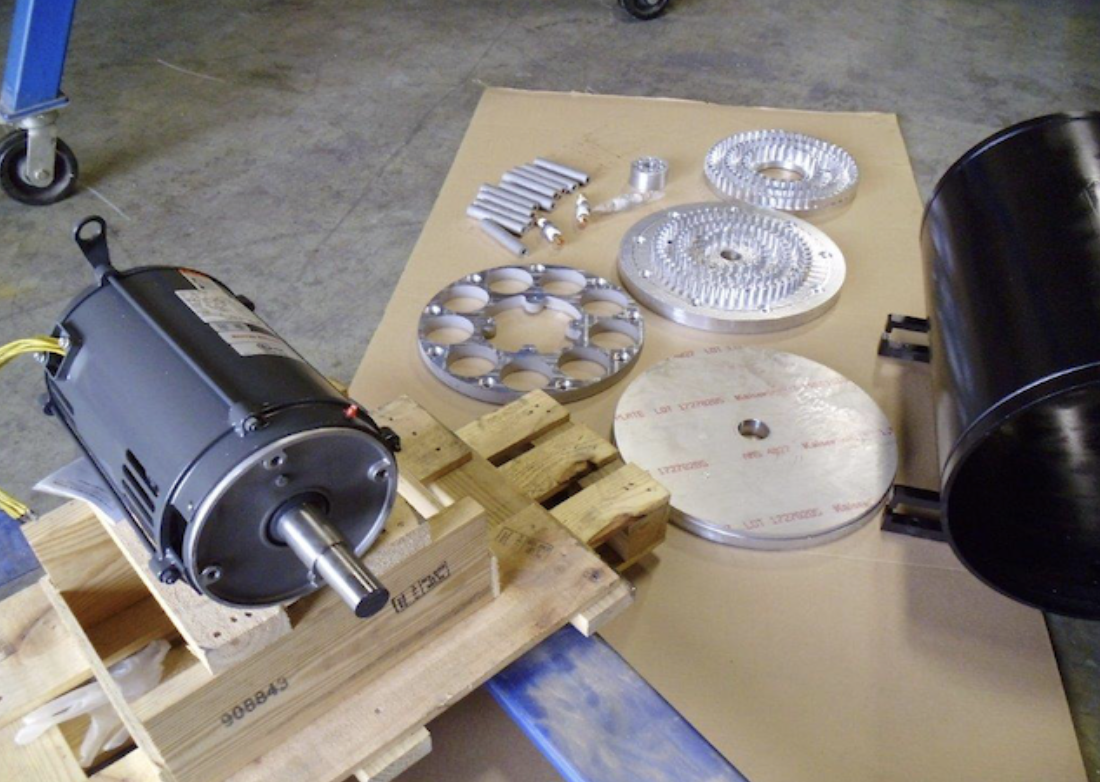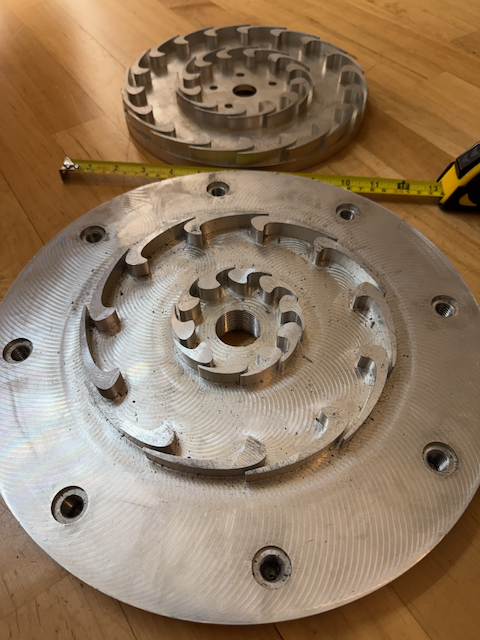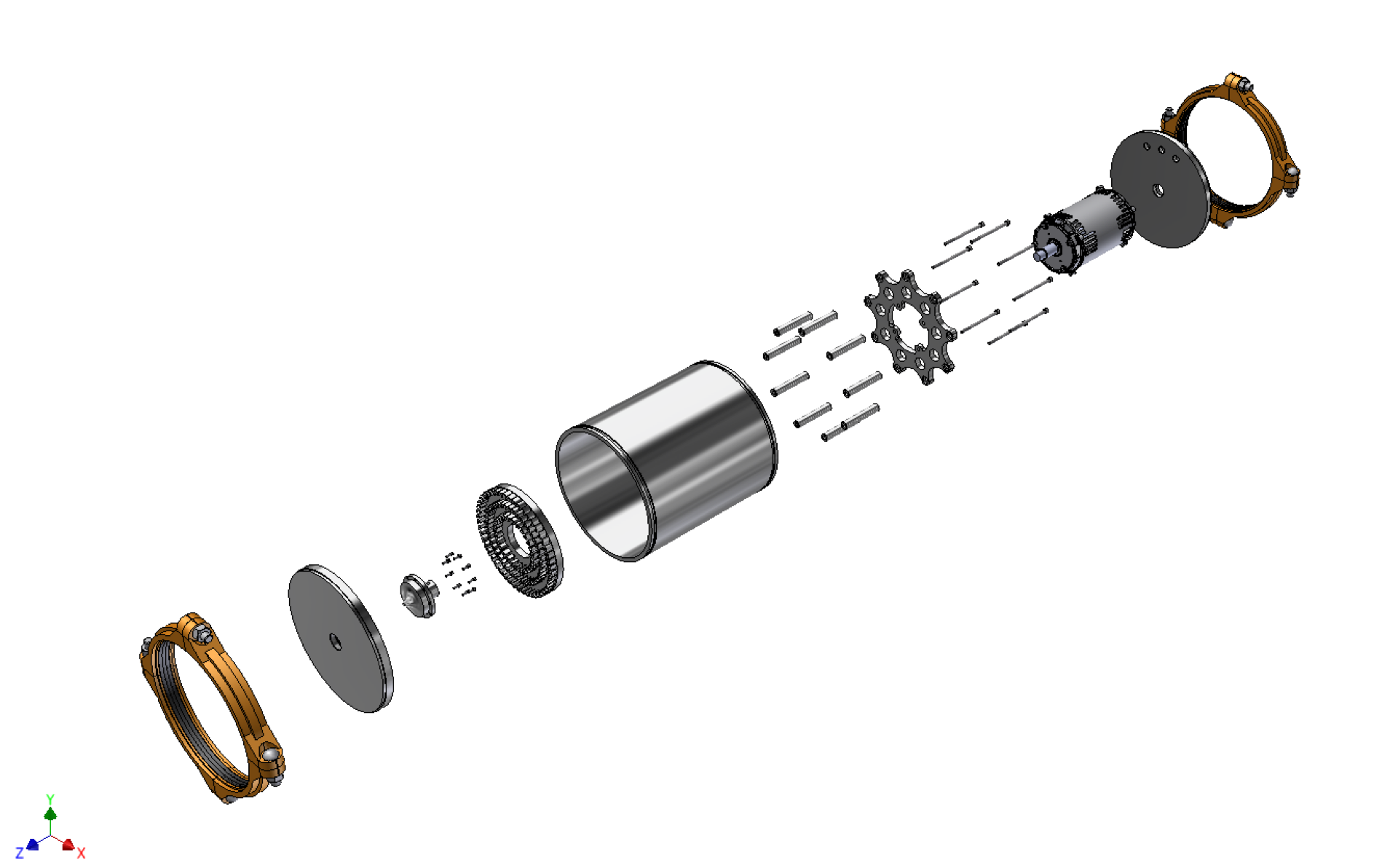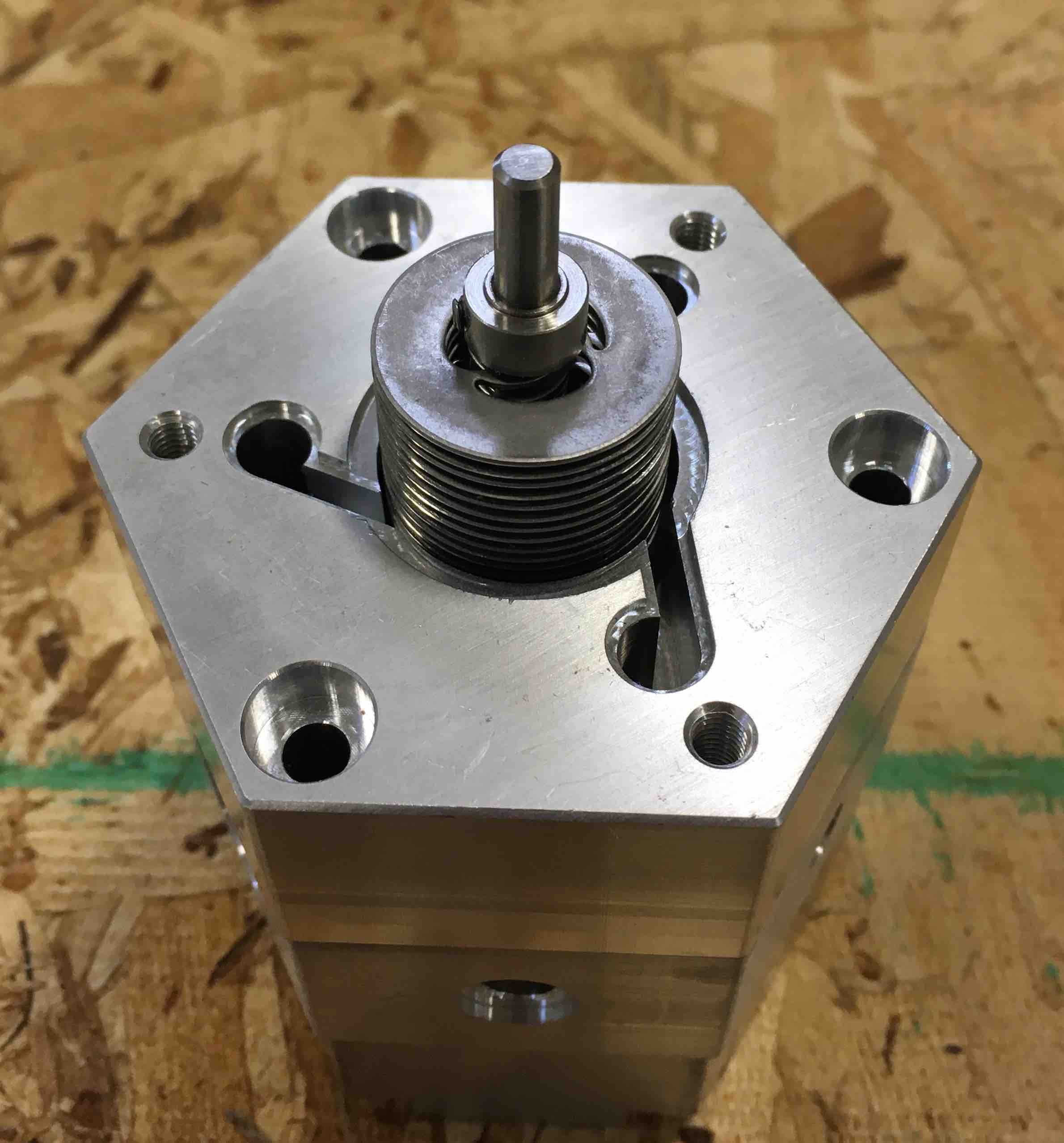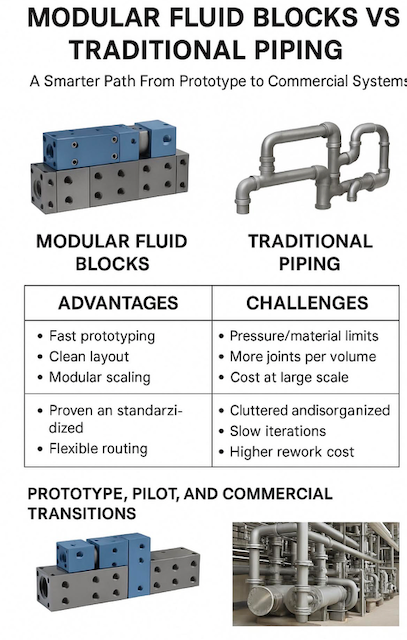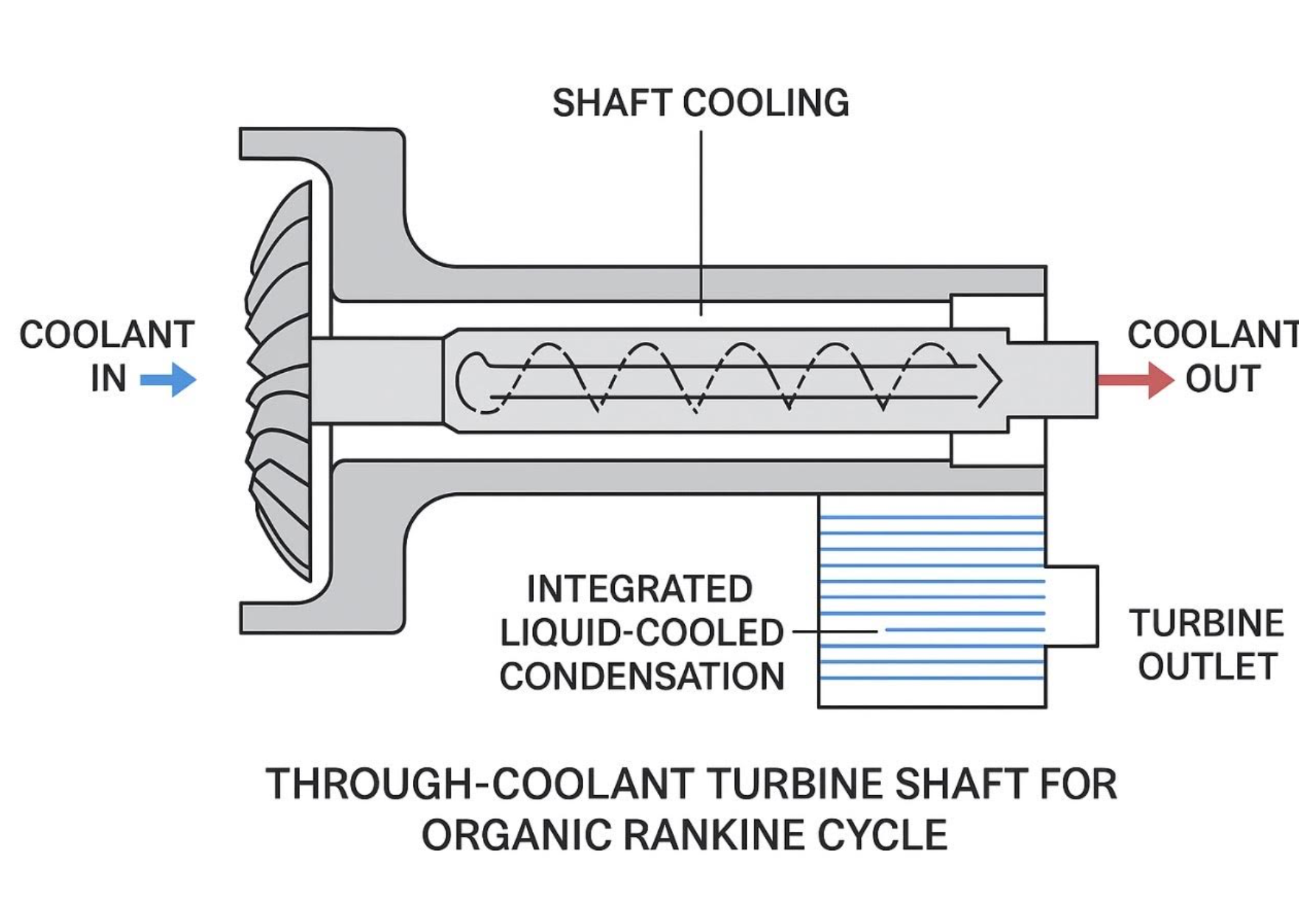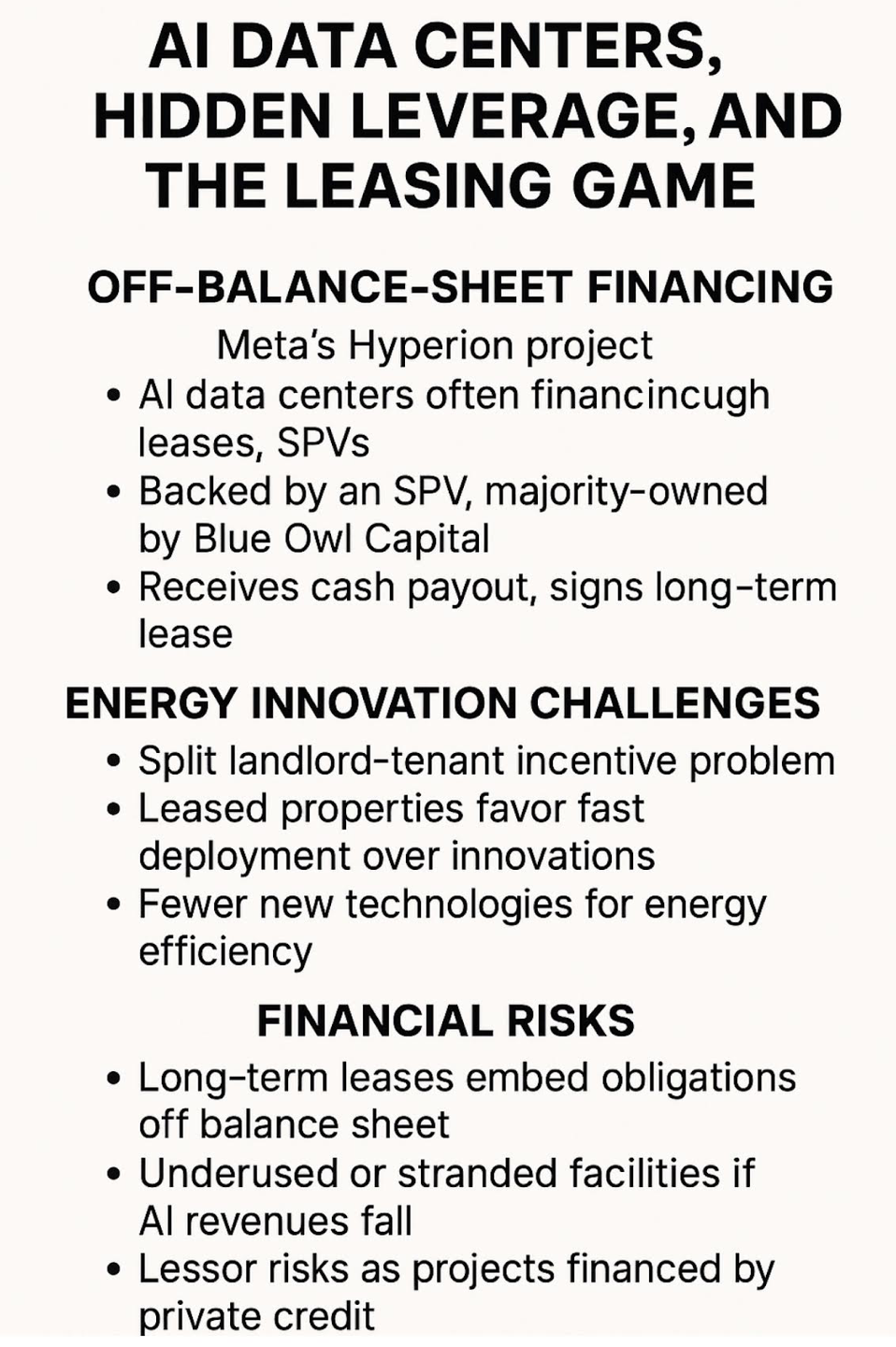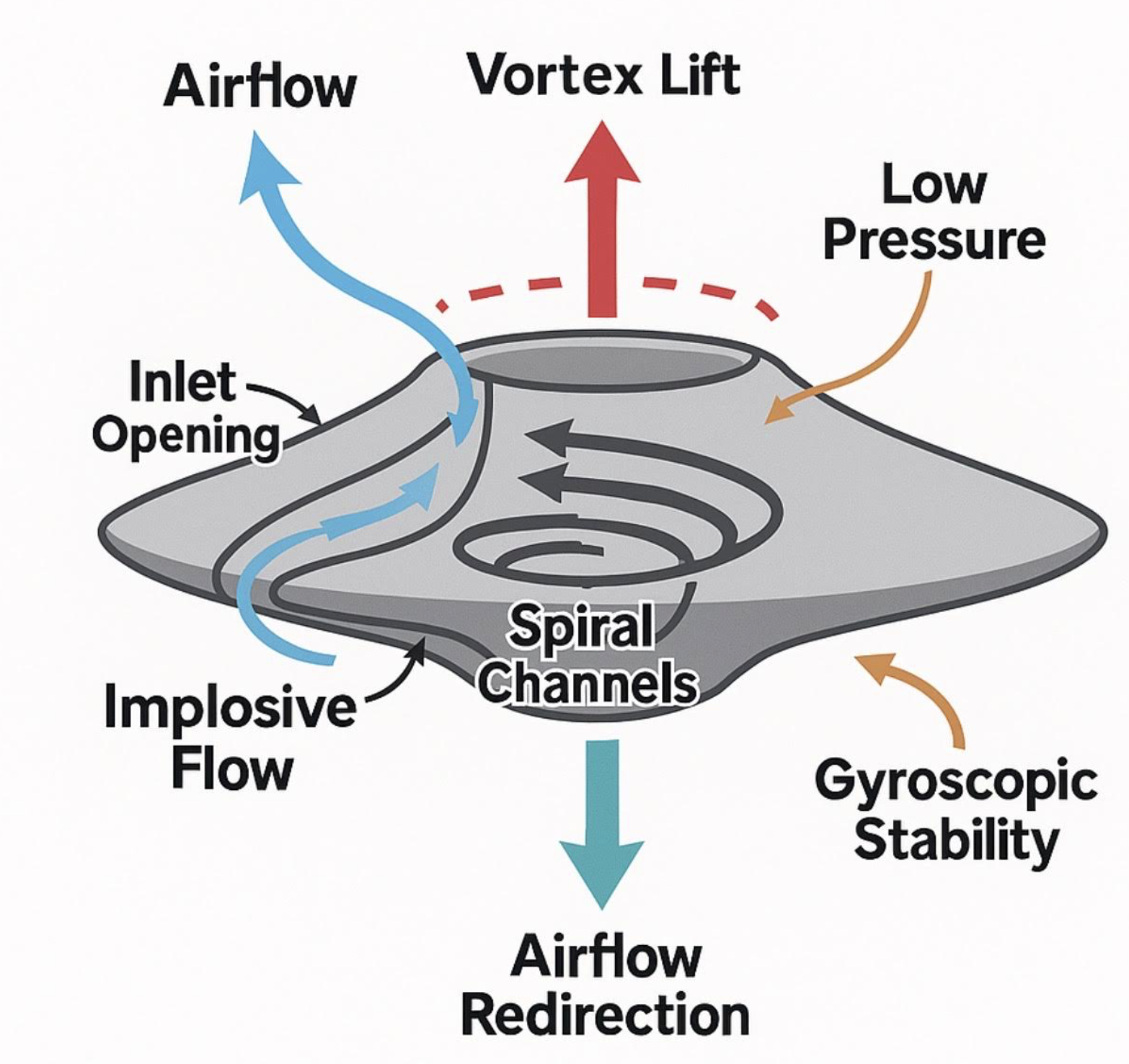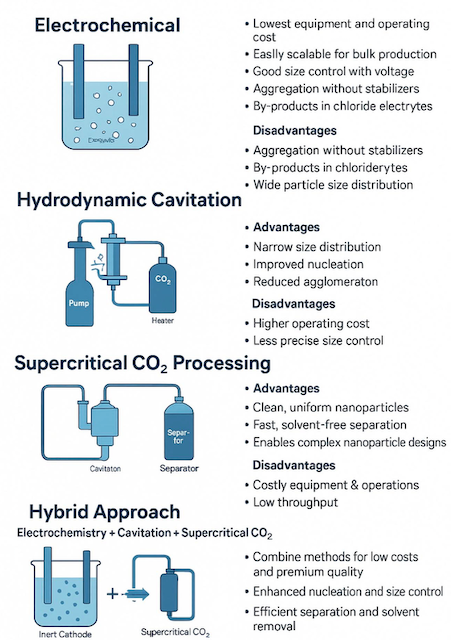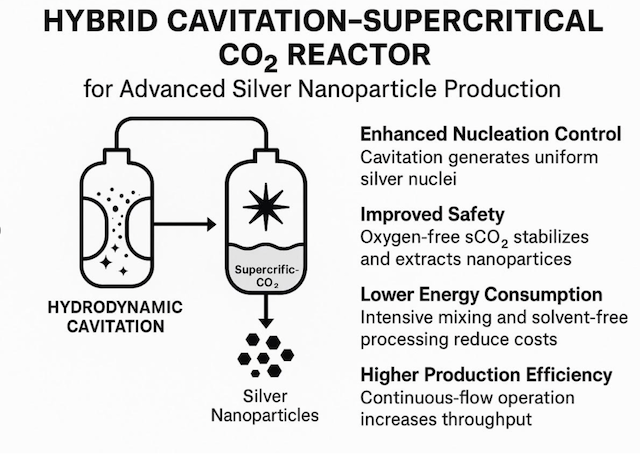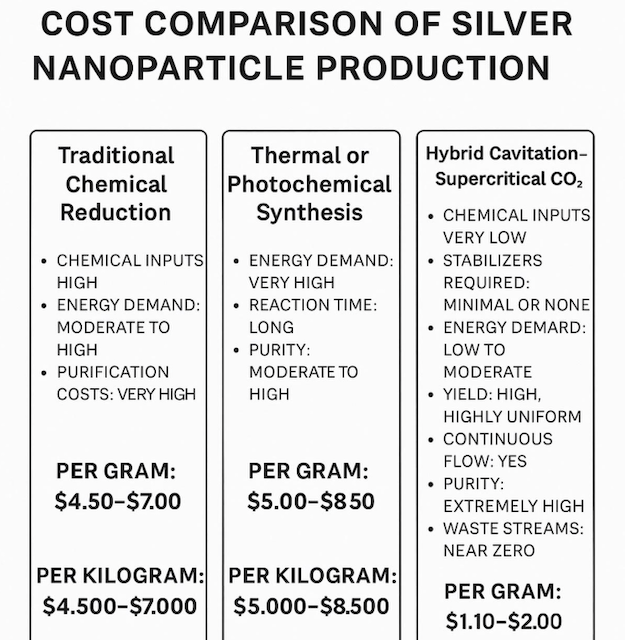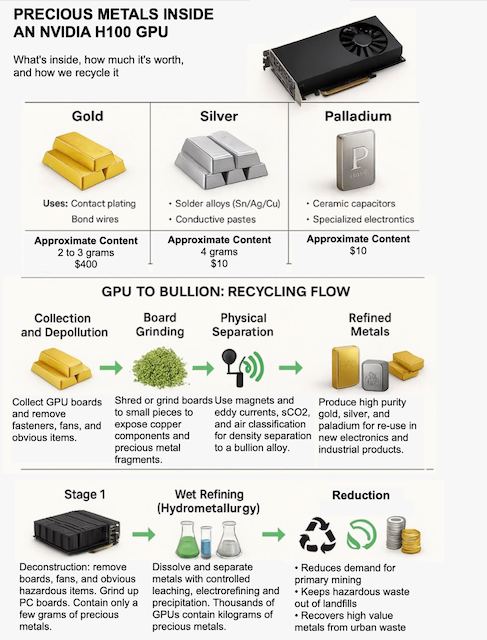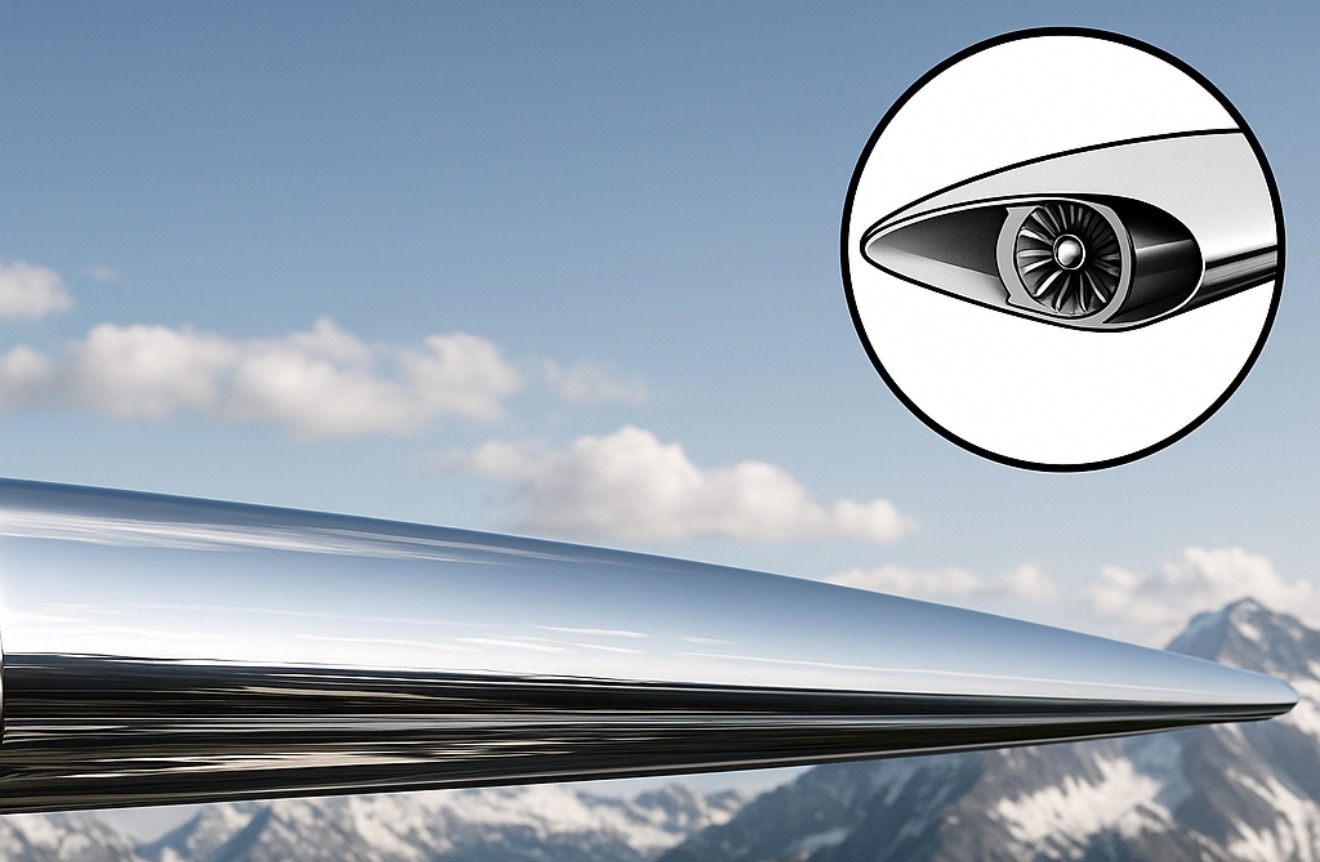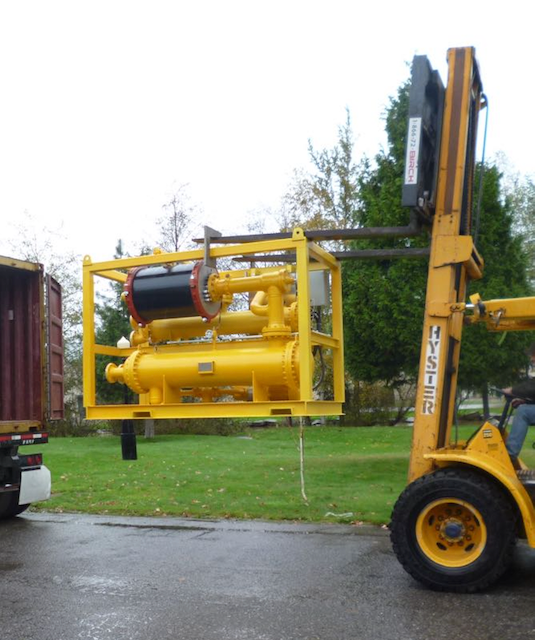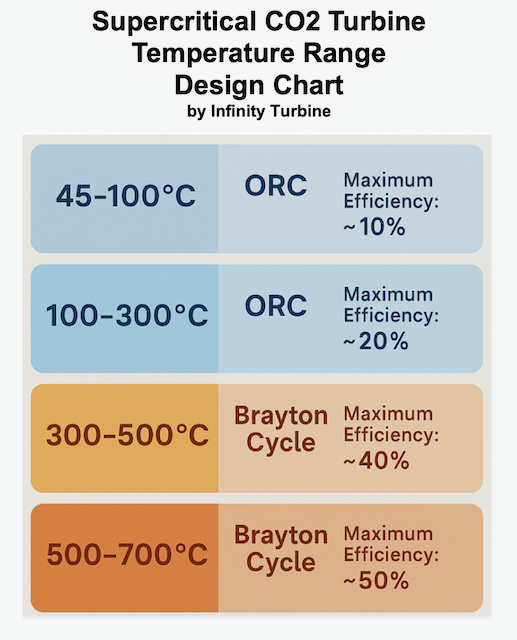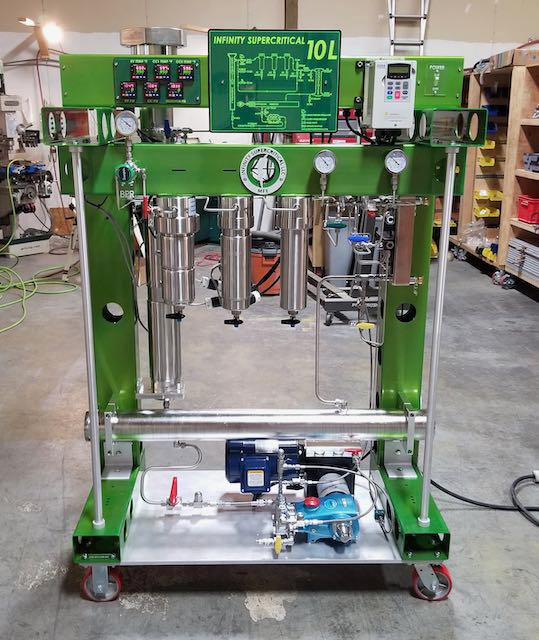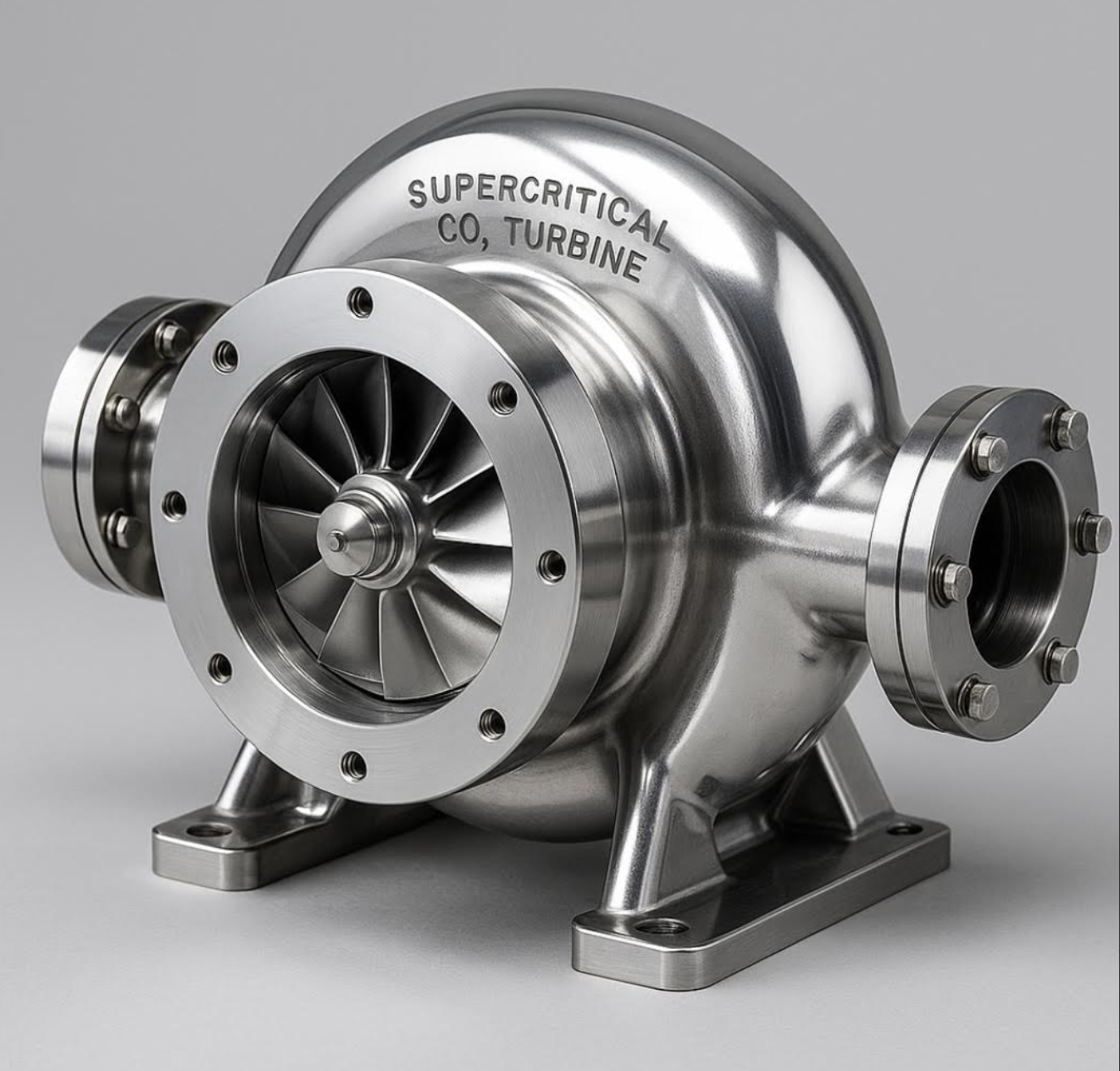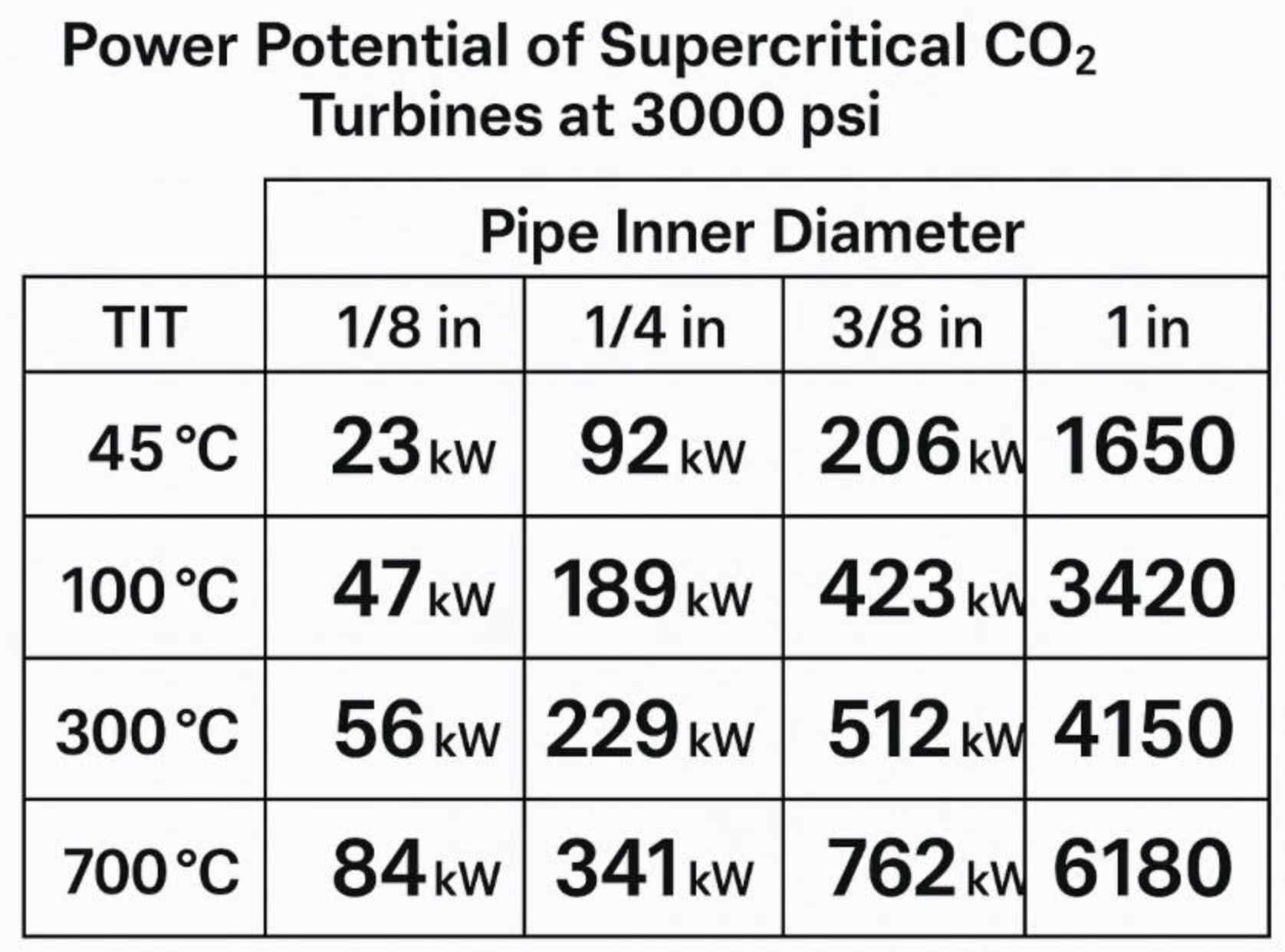|
|
|
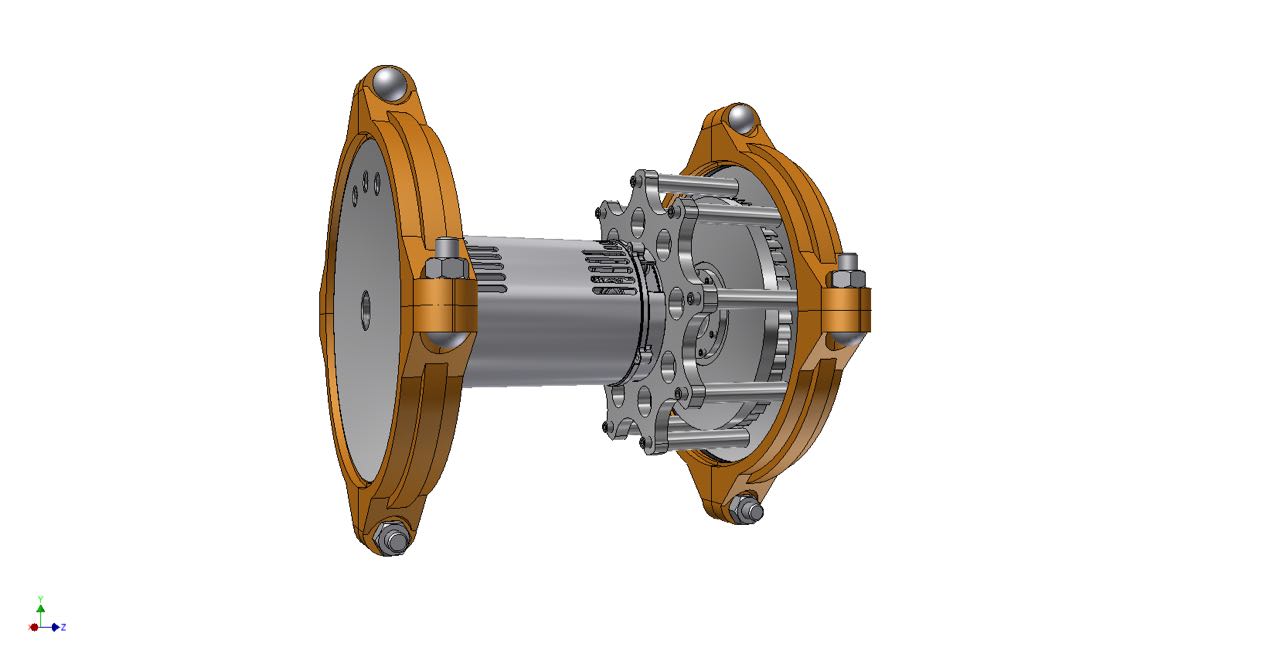
|
ROT24 Radial Outflow Turbine with AC Generator 24 inch Diameter Rotor
The ROT Radial Outflow Turbine has a 24 inch diameter. The ROT can drive (depending on pressure) a 50-300 kW generator.50 kW Net Output (74 kW Gross Power) AC Induction Generator Completed Build: Price: $100,000 USD300 kW Net Output AC Induction Generator Completed Build: Price: $300,000 USDFlat Pack Kit: ROT 24: IT50-IT250 for 50-300 kW AC Generator. Price: $50,000We supply: machined parts.You supply: Steel pipe for housing, Gruvlok couplings with gaskets, AC generator, electrical or sensors feed through fittings, assembly.Generator:If an induction AC motor generator is used, you will need a grid tie device. ROT 24: IT50-IT250. 50-300 kW.US Motors Pump Motor (Generator). DJ100E1BV-P. For IT50: 100 HP. 74 kW. 460-230 V. diameter: 1.625 inches. Class F insulation. Closed coupled pump type motor (generator). 2 3,600 RPM.Schedule 40 Pipe: 24-30 inch diameter. Plans are for 24 inch pipe diameter).This design is for 300 psi or lower working pressures. With enhanced material design, or vessel strength, and generator designs which can withstand higher temperatures and pressures, you can use higher pressures. The blueprints offered, are only for the turbine (the generator you purchase separately) and assembly of the turbine generator. System plans for a complete ORC Organic Rankine Cycle System are sold separately, and include the evaporator/condenser heat exchangers, feedpump, PLC Control, piping, valves, VFD, frame, and system components.Revenue from ROT24 in IT250 System (24 hours x 365 days per year x 250 kWh = 2,190,000 kWh per year):at $.20 per kWh = $438,000 USD per yearat $.40 per kWh = $876,000 USD per yearat $.80 per kWh = $1,752,000 USD per yearFull Completed Build Prices:IT50 Full System Build with ROT24 Turbine Induction Generator: $499,000IT250 Full System Build with ROT24 Turbine Induction Generator: $899,000IT1MW Full System Build with Turbine Generator: $1.5 Million.Note: Induction AC Generators require grid-tie device.
ROT24 Build Plans
|
